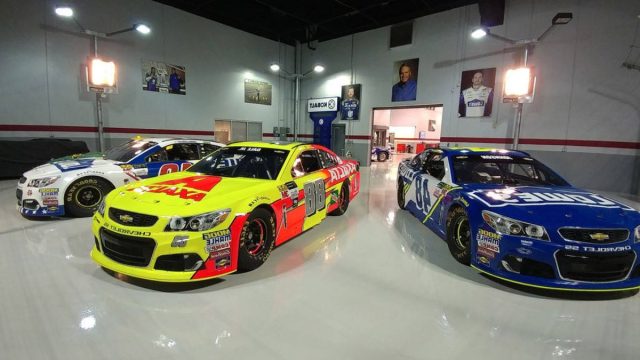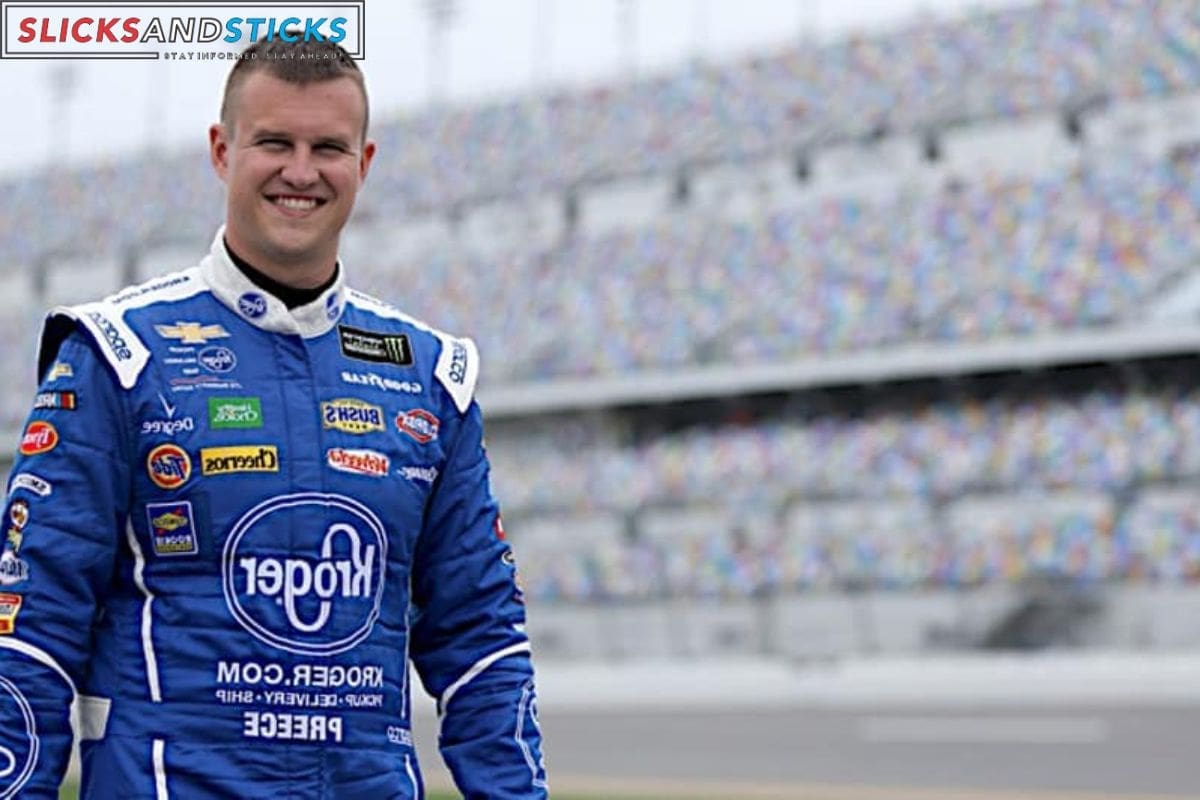Our Reader’s Queries
What are the different generations of Nascar cars?
NASCAR has seen four generations of cars since its inception. The first generation, from 1948 to 1966, featured cars that were almost identical to their on-street counterparts. The second generation, from 1967 to 1980, was designed to handle the new superspeedways. The third generation, from 1981 to 1990, saw advancements in technology and safety features. The fourth generation, from 1991 to 2006, brought about even more improvements in aerodynamics and engine power. Each generation has left its mark on the sport, shaping the way we see NASCAR today.
What cars were first used in NASCAR?
NASCAR Cup Series cars have come a long way since their early days. The first races featured pre-World War II models due to a post-World War II shortage. As time went on, newer models were introduced, such as the 1955 Hudson Hornet, 1965 Ford Galaxie, and 1967 Ford Fairlane. In the 1970s and 1980s, cars like the 1973 Dodge Charger, 1977 Chevrolet Monte Carlo, 1981 Buick Regal, and 1985 Ford Thunderbird became popular choices. Today, NASCAR Cup Series cars are highly advanced machines, but it’s interesting to look back at their humble beginnings.
What did NASCAR change to cars?
NASCAR has made some changes for the 2023 season. They have removed certain bars and added pivot points to promote deformation while safeguarding the oil tank and fuel cell. Additionally, the center and rear clips on the car’s chassis have been modified to absorb rear impacts more effectively. These alterations aim to enhance the safety of the drivers and their vehicles on the track.
What cars were used in NASCAR in the 70’s?
The AMC Matador (1971-1978), Dodge Charger (1967-1977), Plymouth Belvedere (1967), Plymouth Road Runner (1968-1980), and Plymouth Superbird (1970) are all iconic models that have left a lasting impression on the automotive industry. These vehicles have stood the test of time and continue to be admired by car enthusiasts around the world. Each model has its own unique features and characteristics that make it stand out from the rest. From the sleek design of the Charger to the powerful engine of the Superbird, these cars are a testament to the innovation and creativity of their respective manufacturers.

